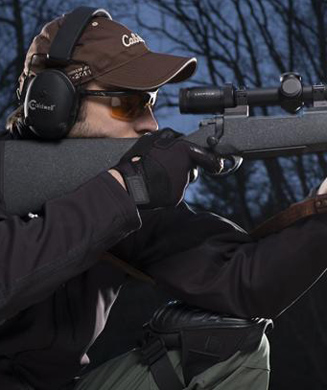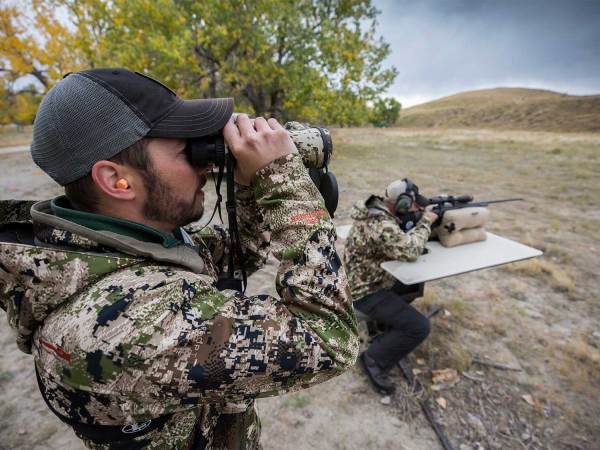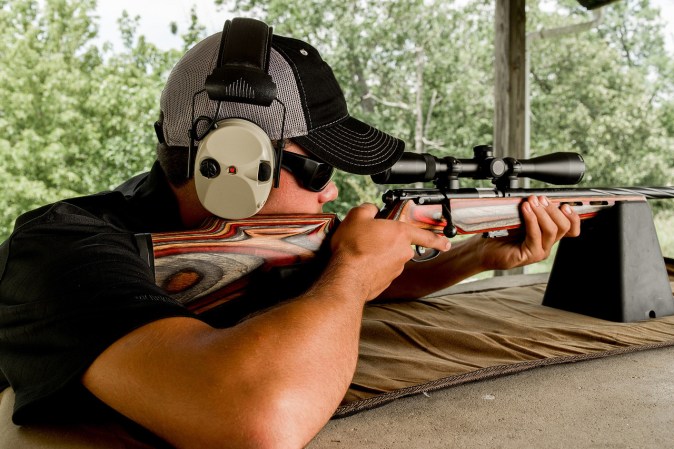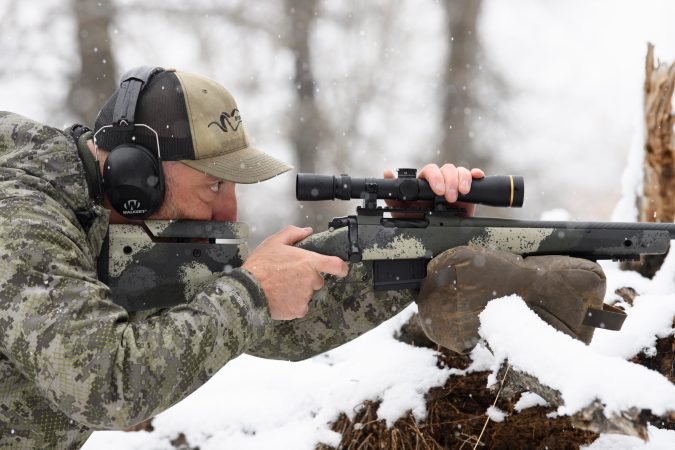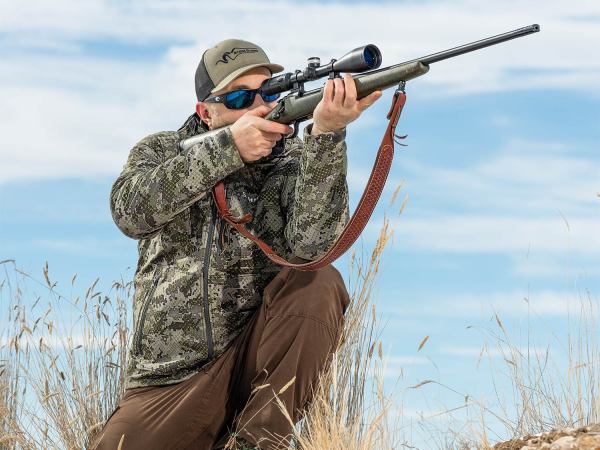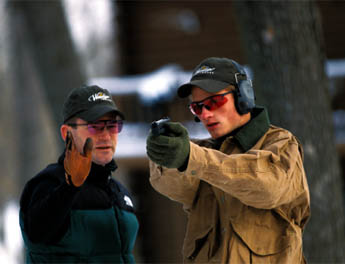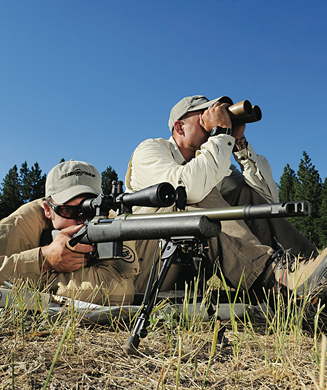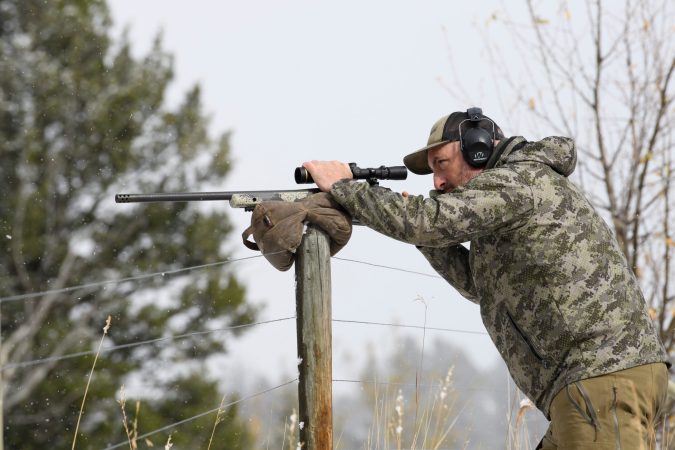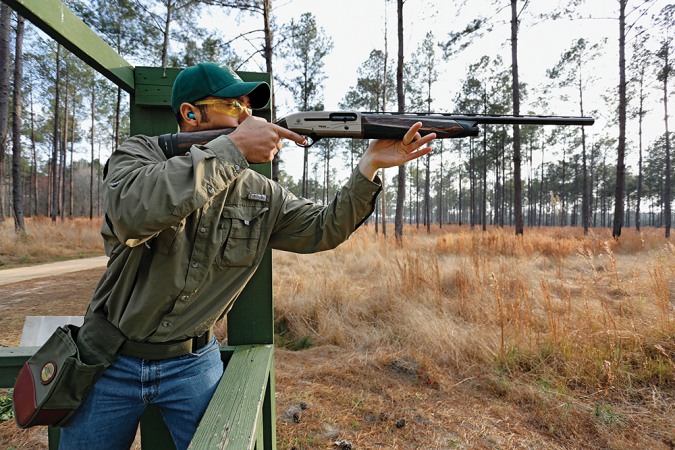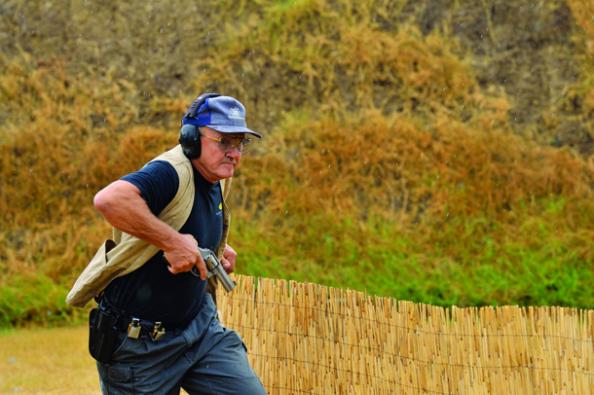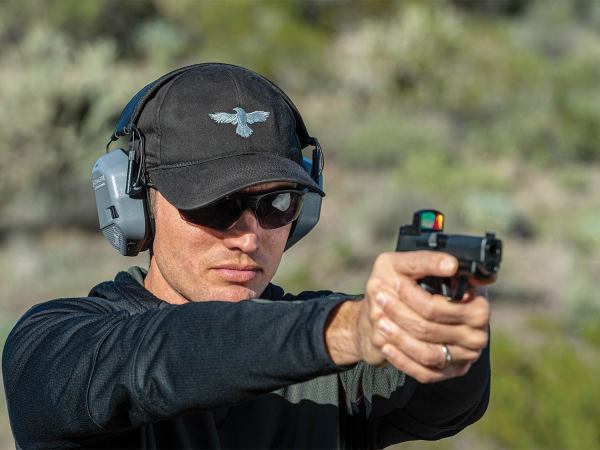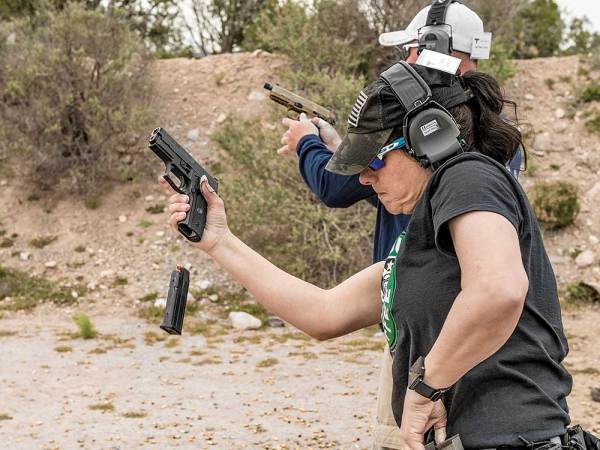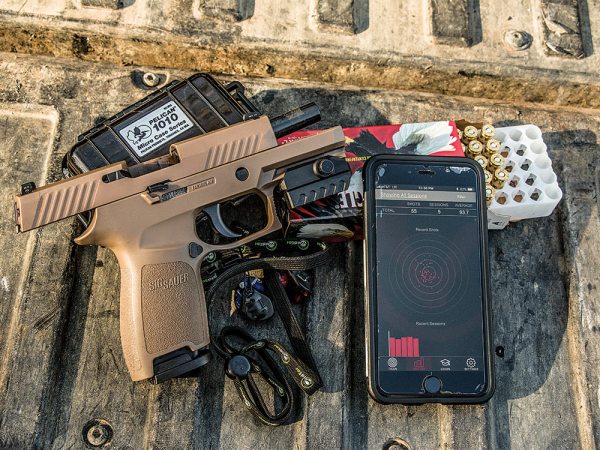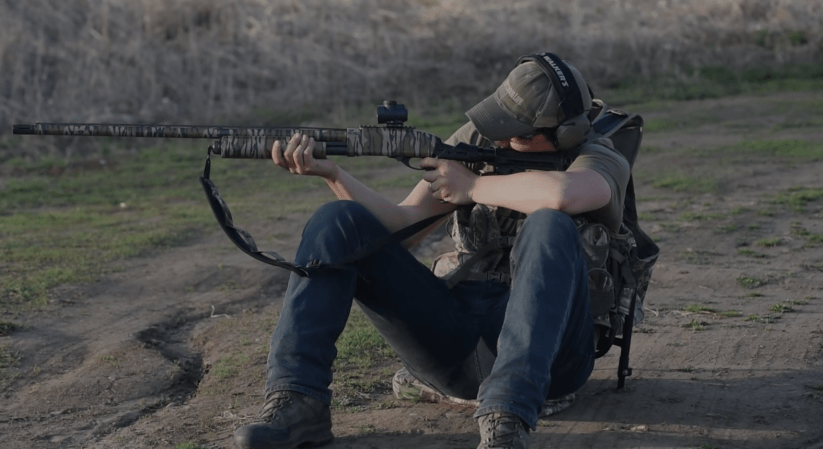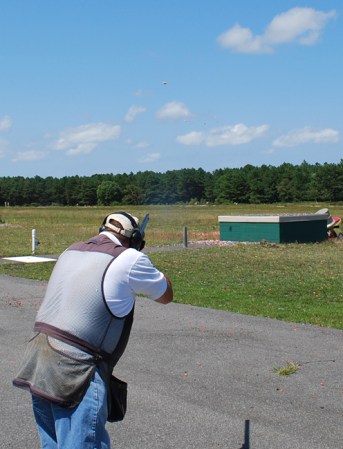We may earn revenue from the products available on this page and participate in affiliate programs. Learn More ›
Fess up: you don’t really dry fire do you? Or, if you do, how much time do you spend doing it?
Lest those who live in glass houses throw stones, I’ll confess. I don’t dry fire practice as much as I should, but I do manage to get in some time every week building, maintaining, or at least preventing the serious degradation of my shooting skills by making guns go “click” in my home.
At a minimum, dry firing, even without a specific drill in mind, builds up your familiarity with that firearm’s trigger, and that is a worthy goal. This is especially beneficial for handgun and rifle shooters who will need to exercise good trigger control under pressure. When your fingers are numb during a late-season deer hunt or while you are trying to run a clean stage during a pistol match, that practice will pay dividends.
Beyond trigger control, what can dry firing do for you?
By practicing with your scoped hunting rifle you can learn to call your shots. Hold your sights on a target that is small enough so that you cannot readily keep your crosshairs centered on it. As the sights wobble, which they always do, practice breaking the shot at the correct moment. This will develop trigger control, point out flaws in your shooting posture (this is great to do from the kneeling, sitting and off-hand positions), and train you to recognize where your crosshairs were at the exact moment the trigger clicked.
With a handgun, you can practice your presentation to the target from the holster and work on the all-important front-sight focus.
Shotgunners can do the “flashlight drill,” where you place a small Maglite flashlight in the barrel of your shotgun and, while watching the spot the light throws on the wall, practice your mount and swing, which should be done simultaneously. Make the light follow along the seam between a wall and your ceiling. Visualized that seam as the flight path for a clay target or bird. Before you start your mount, pick the spot along that seam where you want to hit your target. Do the drill so that your swing and mount come together right at that spot. Once the shotgun hits your shoulder there should only be the barest hesitation before you pull the trigger.
Another great benefit to dry firing is firearms manipulation. Whether running the bolt on your rifle, practicing reloads with a semiauto pistol or shotgun, or learning to control the safety on your AR, dry firing can help out.
This list just scratches the surface of what dry firing can accomplish without you needing to spend a penny on ammo or clean a gun afterwards.


